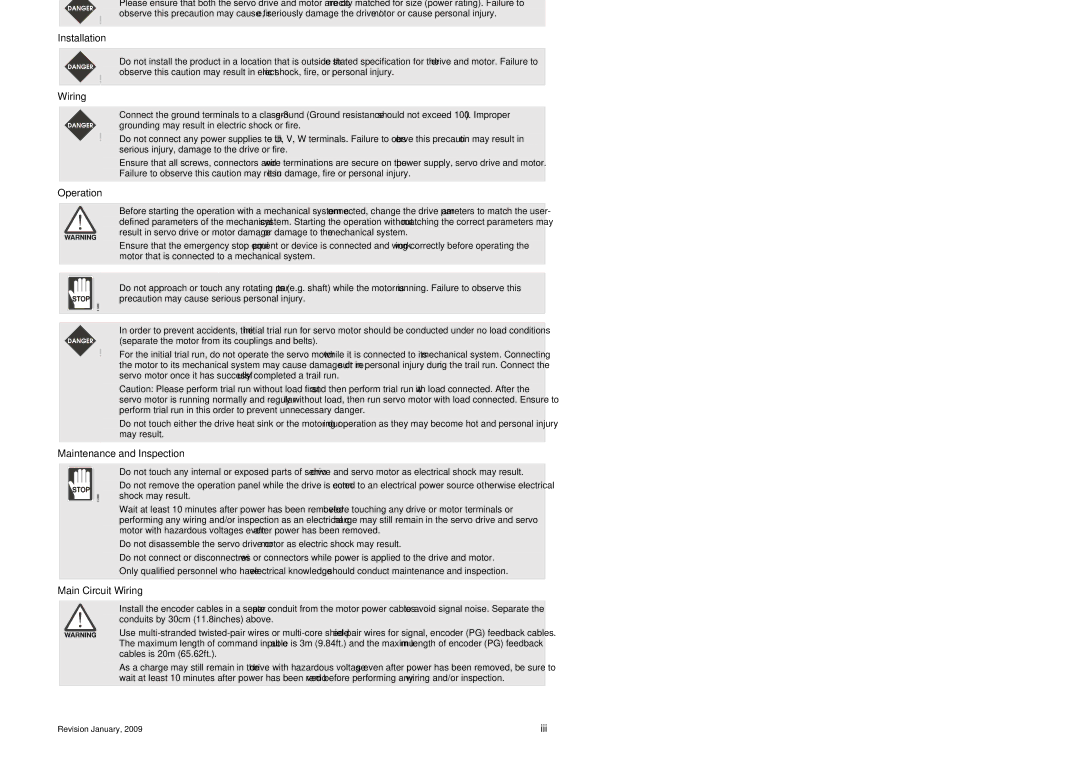ASDA-B Series specifications
Delta Electronics, a global leader in power and thermal management solutions, has made significant strides in the automation and control sectors with its ASDA-B Series of servo drives. This series is engineered for precision motion control applications and is ideal for various industries, including manufacturing, robotics, and packaging.One of the standout features of the ASDA-B Series is its advanced control algorithms. The series utilizes a high-performance digital signal processor (DSP) that enables precise control of servo motors, resulting in exceptional responsiveness and stability even at high speeds. This technology is particularly beneficial in applications requiring quick acceleration and deceleration, ensuring optimal performance in dynamic environments.
The ASDA-B Series offers a wide range of power ratings, making it versatile enough to cater to different motor sizes and application requirements. It supports various feedback devices, including encoders and resolver systems, enhancing its adaptability and accuracy in diverse operational contexts. The series also features a user-friendly interface, allowing for easy programming and setup, thus minimizing downtime and maximizing productivity.
One of the notable characteristics of the ASDA-B Series is its compact design. The small form factor not only saves valuable space in control cabinets but also simplifies installation and maintenance processes. Additionally, the series is built to withstand tough industrial environments, featuring robust construction that enhances durability and reliability.
Another key technology integrated into the ASDA-B Series is its advanced communication capabilities. The drives support multiple industrial communication protocols, including Ethernet/IP, CANopen, and Modbus, allowing for seamless integration into existing network systems. This connectivity is crucial for applications that require real-time data exchange and remote monitoring.
To ensure energy efficiency, Delta Electronics has incorporated innovative energy-saving technologies in the ASDA-B Series. These technologies optimize power consumption during operation, resulting in lower energy costs and reduced carbon footprint. Moreover, the thermal management features ensure that the drives operate within safe temperature ranges, enhancing their longevity and performance reliability.
In conclusion, Delta Electronics' ASDA-B Series servo drives represent a powerful solution for modern automation needs. With their advanced control algorithms, compact design, versatile communication options, and energy-saving technologies, these drives cater to a wide array of industrial applications, reinforcing Delta's commitment to innovation and efficiency in the automation landscape.

